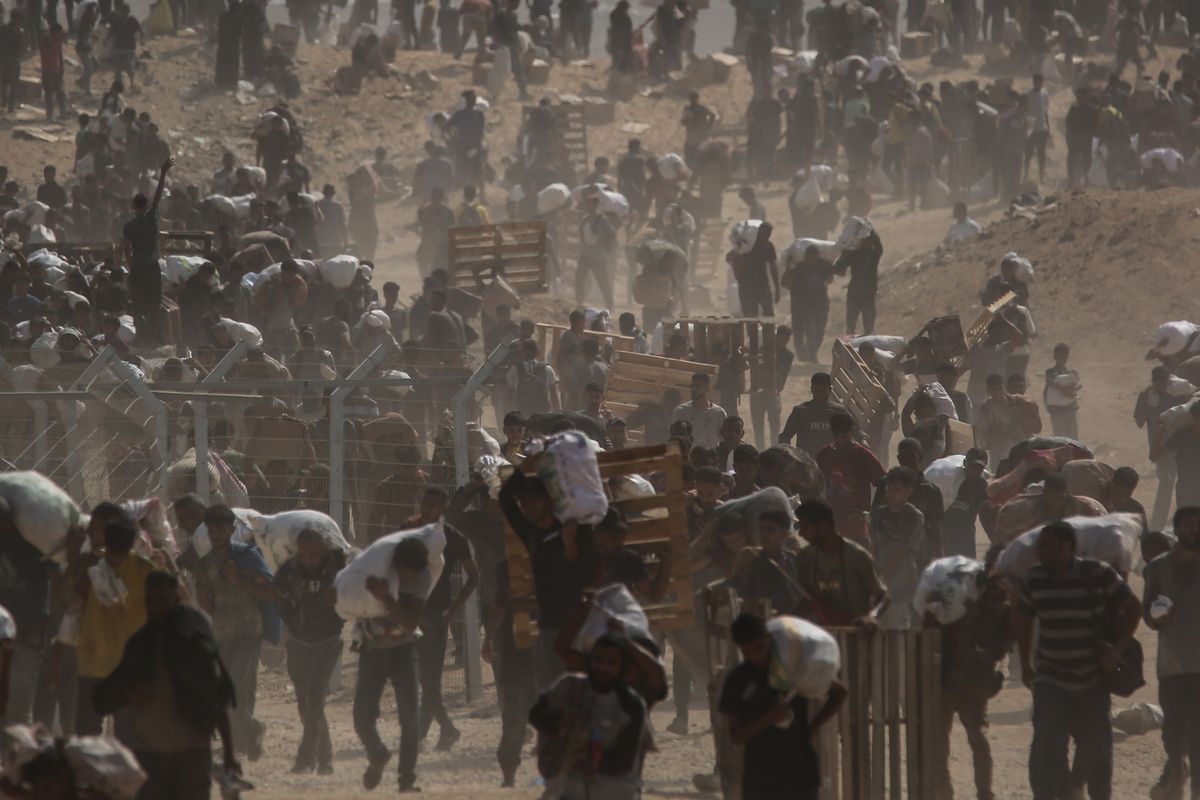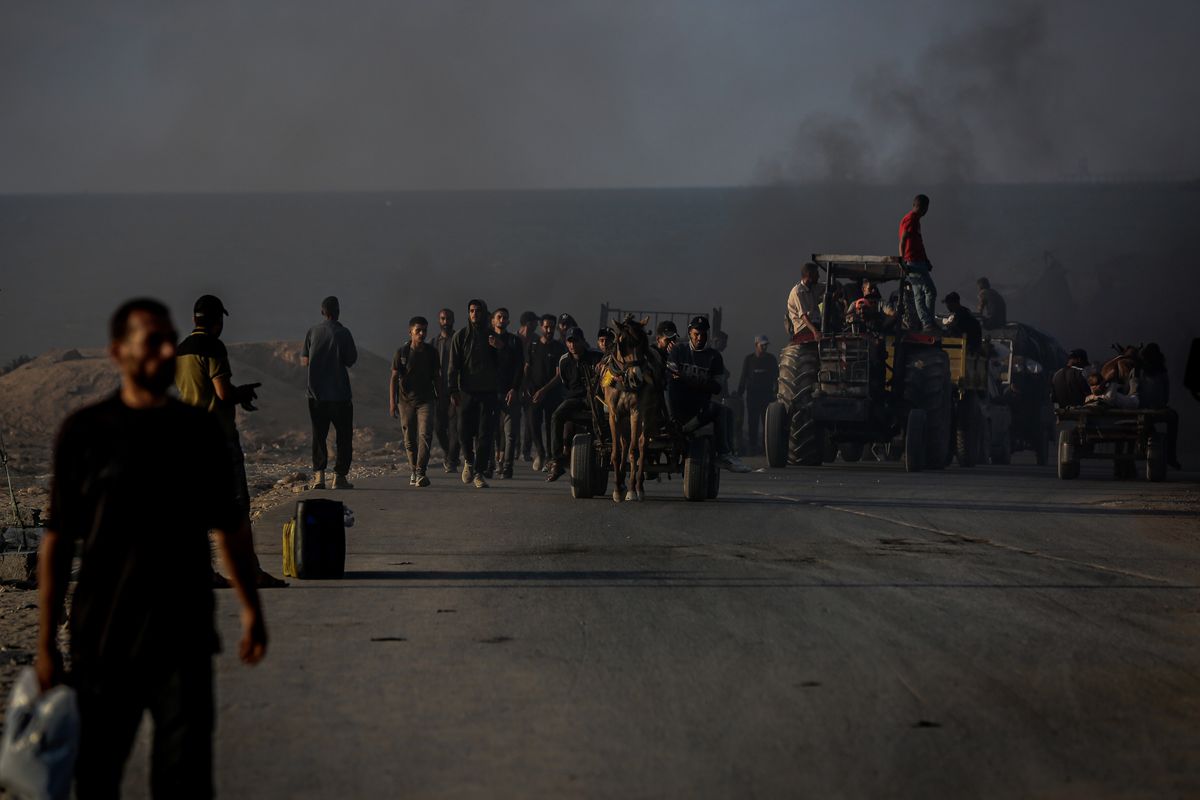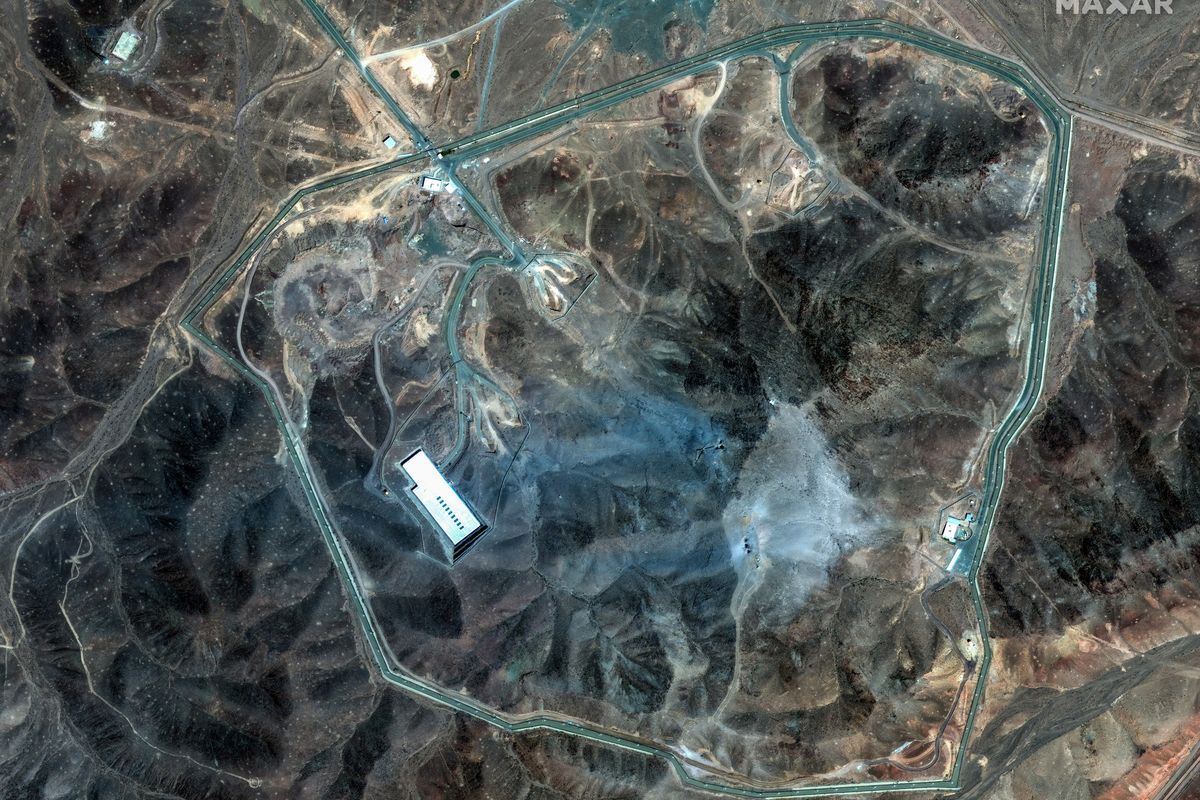As Afghanistan’s western neighbor, Iran maintains a vested interest in prodding war-torn Afghanistan towards achieving political and economic stability. Burdened by Afghan refugees and a stream of narcotics that have traversed the Iranian-Afghan border and strained the Iranian economy, Iran’s leadership has prioritized resolving these issues and pursuing its own goals when it comes to the future of Afghanistan.
However, Iran’s agenda does not necessarily coincide with the U.S. roadmap for Afghanistan, pitting Washington and Tehran against each other in yet another contested battleground.
Iran and Afghanistan have maintained a complex relationship for centuries, navigating various dynasties and empires until the modern day states of Iran and Afghanistan signed a treaty of friendship in 1921.
In the latter half of the 20th century, a contentious relationship developed after the Iranian Revolution of 1979 saw a Shiite regime seize control of Iran, while a rival Sunni Taliban movement ascended to the top of the Afghan government during the 1990s. Viewing itself as the vanguard for Shiites worldwide, the Iranian government sought to protect Afghanistan’s Hazara Shiite minority from persecution at the hands of the Taliban and assumed a fervent anti-Taliban position during the group’s time in power from 1996-2001.
After the U.S. invaded Afghanistan to overthrow the Taliban following the 9/11 attacks, circumstances appeared ripe for Iranian-U.S. cooperation in Afghanistan against a common enemy.
“Iran suddenly found the U.S. had effectively replaced the Taliban government in Afghanistan – a government which had pushed Iran out of Herat, as well as the other areas where Iran had influence in Western Afghanistan, and had persecuted the Hazara Shiite minority inside Afghanistan,” Anthony Cordesman, the Arleigh A. Burke Chair in Strategy at the Center for Strategic and International Studies, told The Cipher Brief. “For a brief moment, Iran actually tried to cooperate with the U.S.”
However, in the ensuing years, especially after the U.S. launched its Iraq War in 2003, Iranian policy in Afghanistan underwent a complete reversal. Tehran bolstered the Taliban’s ambitions to reconquer Afghanistan by equipping the insurgency with weapons and funds. Iran considered the U.S. a more dangerous foe and consequently supported Taliban efforts to push the U.S. out of the region.
“A different level of U.S. diplomacy might even have led to a situation that actually improved U.S.-Iranian relations, but the “Axis of Evil” speech attacking Iran that President George W. Bush gave in his State of the Union address on January 29, 2002 put an end to such cooperation and made the U.S. seem even more of a threat than the Taliban,” says Cordesman.
Beyond gaining influence in Afghanistan, Iran may even consider the Taliban as a potential allied government in Afghanistan.
“One way to look at this, if you are shaping Iranian policy, is that if giving limited aid to the Taliban gives you a fairly wide range of advantages and poses limited risk, this is the option you are going to take,” says Cordesman. “That’s what working with the Taliban does for Iran.”
This August, The New York Times published a report, asserting that the Islamic Republic not only provides weapons and funds to the Taliban, but has actually sent Iranian commandos to fight alongside the Taliban. If true, these actions could directly link Iran to the deaths of Afghan Security Forces personnel, and possibly even NATO or U.S. forces, during Taliban operations.
But due to Iran’s cloudy history with the Taliban, John Nixon, a senior leadership analyst at the CIA who focused on Iran, does not believe Tehran’s long-term mission is to recreate an Afghanistan ruled by the Taliban.
“Tehran does not want a hostile Sunni Islamist government on its border allied with Saudi Arabia and a recipient of Gulf Arab largesse that will menace Iran and persecute Shia communities inside Afghanistan,” explains Nixon.
Ultimately, according to Nixon, “Tehran seeks a stable government in Kabul, but one that does not rely on the U.S. for its security and stability.”
But, Iran’s grand plans for Afghanistan do not lineup with the Afghanistan strategy laid out by U.S. President Donald Trump in a speech late August, in which he reaffirmed U.S. commitment to the government in Kabul and authorized a troop increase of approximately 4,000 U.S. troops to help maintain security in Afghanistan. That’s in addition to the approximately 11,000 troops already stationed there.
“Frankly, what I think our objective is in Afghanistan is to make sure it doesn’t become something we can’t live with,” said General Michael Hayden, Cipher Brief expert and former director of both the CIA and NSA, following Trump’s speech. “In other words, realism about Afghanistan suggests this will take a long time, and the final outcome will not be totally satisfactory.”
With the U.S. poised to continue its security mission across Afghanistan for an indefinite period of time, Iran’s approach in Afghanistan may become even more aggressive as it seeks to entrench itself further in the region.
Bennett Seftel is deputy director of analysis at The Cipher Brief. Follow him on Twitter @BennettSeftel.











